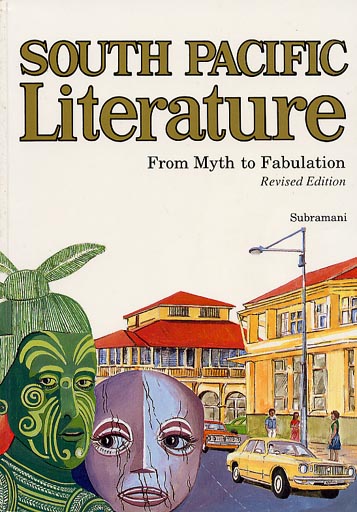The
earliest form of art found in Fiji is pottery. Men typically excavate the clay used for pottery, but for
the most part, the women are almost solely the potters. They will often have to
work the clay by adding sand, kneading it, and letting it dry to get it to just
the right texture needed to form pottery.
Unlike other cultures, Fijians do not glaze their work; instead they
take certain plants and rub it onto the finished product to give it a varnished
look as well as a waterproof quality.
By
the time a girl growing up in the village reaches the age of ten, she will be
taught mat and basket weaving. Palm fronds or pandanus leaves are usually used
for this because of their abundance on the island. These mats are vital to
every home: it’s used as floor coverings, bedding mats, fans, and baskets. In fact, they are so important to the
home, the mat’s quality and quantity are included in the “wealth” of a family
and often given as gifts at weddings, funerals, births, and other special
events.
A
type of cloth made from stripped bark from trees is known as masi or tapa.
Mostly from mulberry trees, women will take this bark, strip it, soak it, beat
it to a pulp (literally), and roll it out, like paper. This fabric is then used for many
purposes, such as ceremonial wear, wall decorations, wall decorations, tablemats,
handbags, etc.
Woodcarving
is also an important art in Fijian history, albeit a declining one. One of the
most important pieces of woodcarving in Fijian society was the war club. It was
a highly decorated instrument that not only doubled as a weapon, but as a
symbol of authority and used in ceremonial dances. Today, yaqona bowls (also
called tanoa) are some of the most commonly carved works of art.
In
many countries that were under European rule, they were also introduced to art
in a modern, European sense. And many of these countries also go through a
period of revival of the traditional arts, especially when they are granted
independence. It wasn’t so with Fiji. The main reason being that they never
stopped pursuing their traditional art forms. And while there may be Fijian
painters and sculptor actively working and creating European-style art,
traditional arts still won out over European-influenced styles and techniques
overall.
Fijian
literature didn’t get started until just before they separated from Britain. The
University of the South Pacific wasn’t founded until 1968, when Fijians had the
opportunity to learn creative writing and literature courses were available.
Before this, Fijian literature mostly only existed as stories passed down by
word of mouth. Soon after independence, publishing companies and literary
magazines popped up around the islands. Literary societies started promoting
not only their own writing but also literature of the Pacific Islanders in
general. Much of Fijian literature is either written in English, Fijian, or in
Hindi (and some poets even mix languages).
Some
of the well-known authors from Fiji include Raymond Pillai (short stories),
Subramani (short stories, novels), Pio Manoa (poetry), Vilsoni Hereniko (playwright),
Satendra Nandan (poetry, novels), Sudesh Mishra (poetry), Larry Thomas
(playwright, director), and Joseph Veramo (novels, short stories).
Up
next: music and dance






No comments:
Post a Comment